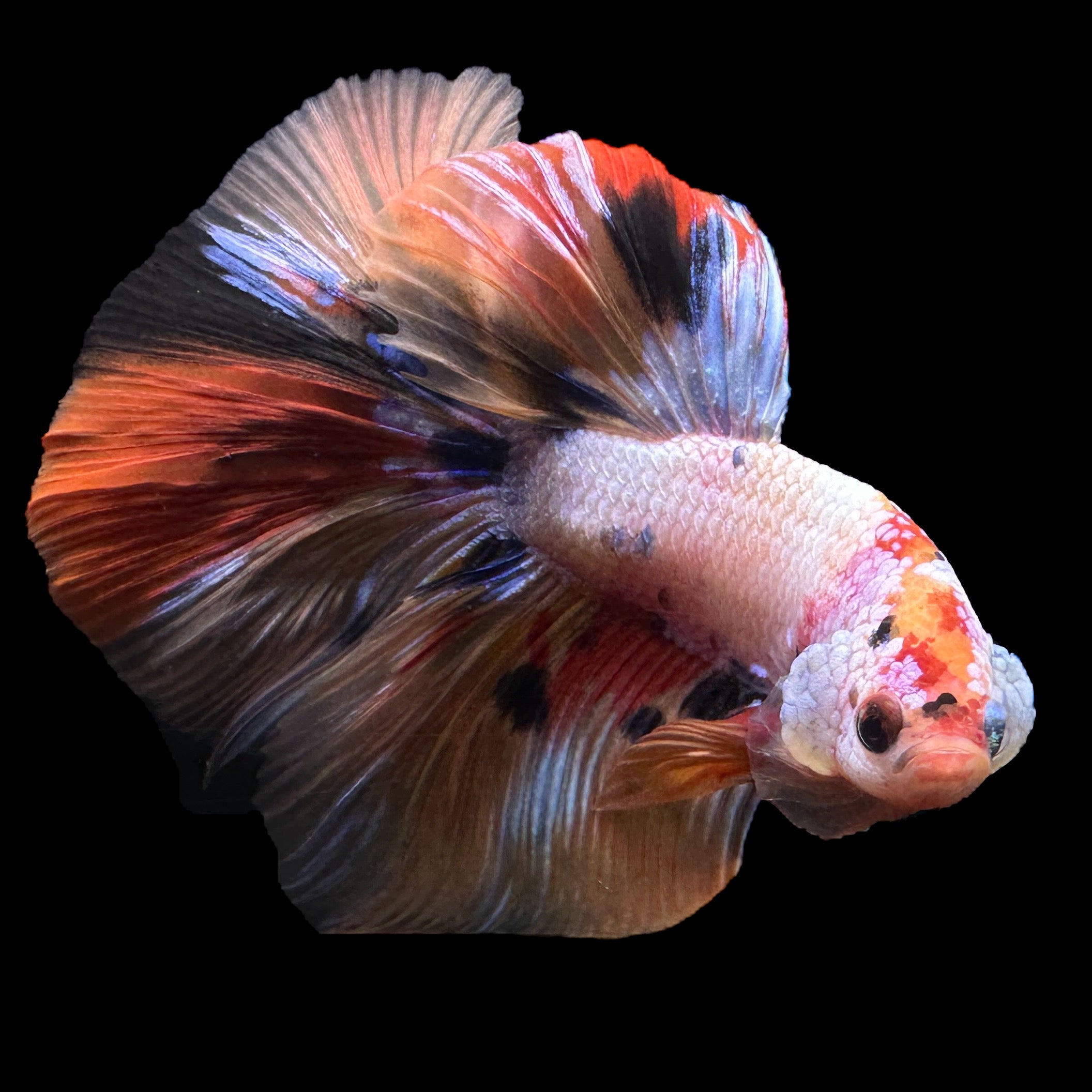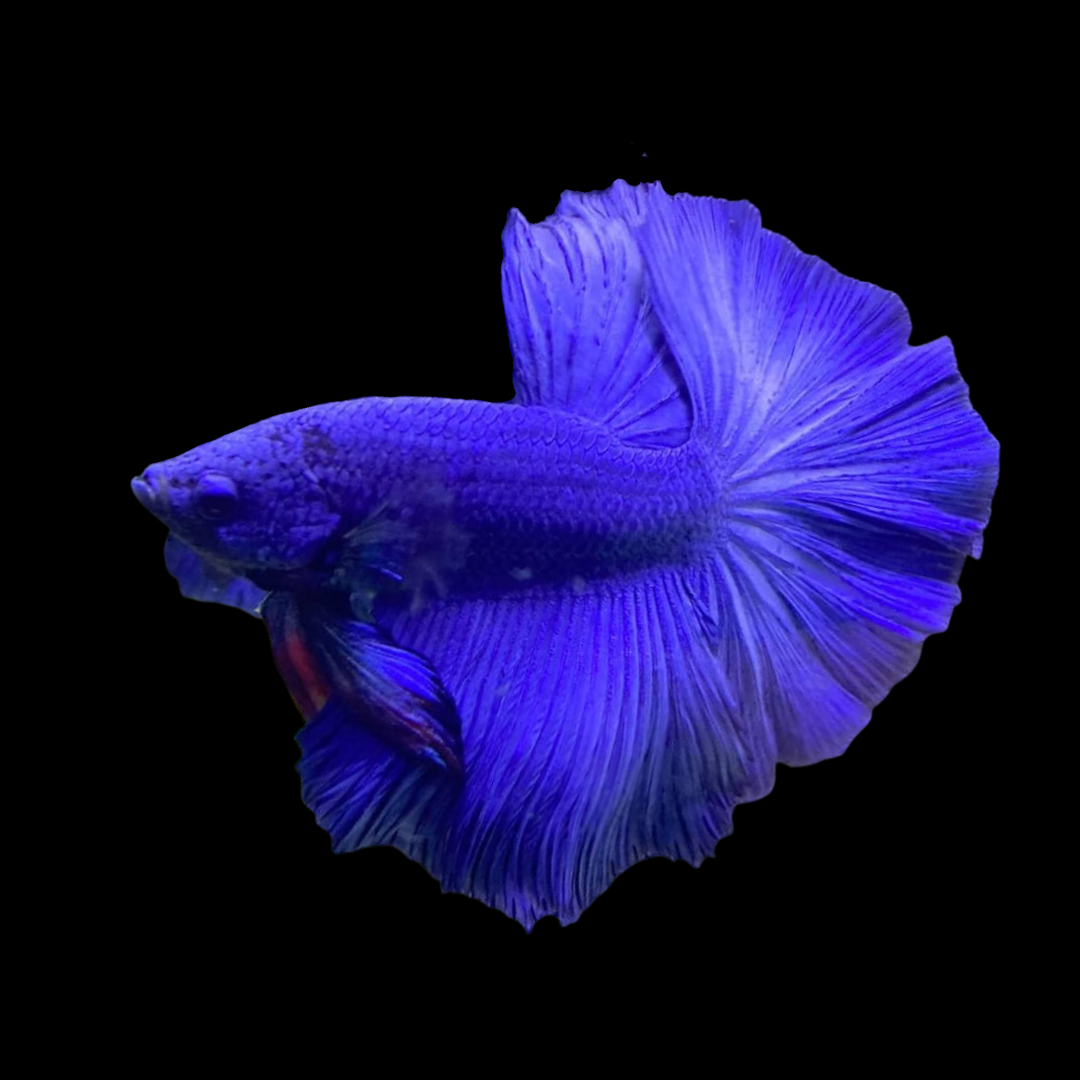Exactly How to Reproduce Betta Fish Effectively: Specialist Methods and Insights for Hobbyists Seeking To Broaden Their Betta Collection
Breeding Betta fish requires a nuanced understanding of genes and ecological conditions, making it vital for enthusiasts to approach the process with both persistance and treatment. Developing an ideal breeding environment, selecting the right pairs, and observing the ins and outs of their courtship habits are fundamental steps that can considerably impact the end result. The subsequent treatment of the fry is important for guaranteeing their healthy and balanced growth. As we explore these vital elements, it becomes clear that successful reproduction is not just regarding the first pairing however includes a broader technique that merits mindful consideration.
Understanding Betta Fish Genetics
Understanding the genetics of Betta fish is crucial for successful breeding, as it affects characteristics such as shade, fin form, and habits. Betta fish exhibit a diverse range of colors and patterns, mainly determined by their genetic make-up.
Along with coloration, fin morphology is one more considerable facet of Betta genes (betta fish). The shape and size of fins are affected by different genes, including those that establish whether the fins are short, long, or veil-shaped. Recognizing these genetic variations assists dog breeders forecast the phenotypic outcomes of their spawn
Moreover, behavior traits such as aggression and territoriality can also be influenced by genes. These behaviors play a vital duty in the breeding process, as they can influence generating success and the overall character of the resulting fry. By comprehensively understanding these hereditary concepts, dog breeders can make educated decisions, eventually enhancing their breeding programs and achieving desirable outcomes.
Preparing the Reproduction Environment
Developing an optimal reproduction atmosphere is vital for the successful reproduction of Betta fish. The very first action in preparing this environment is to choose an appropriate breeding tank, ideally varying from 5 to 10 gallons.
Next, consider the use of a sponge filter or an air stone to provide mild water circulation without producing solid currents that can worry the fish. It is important to install plants or breeding cones to supply concealing spots and promote convenience for the lady during the spawning process. Floating plants, such as Java moss or water sprite, can likewise develop an extra natural surroundings while promoting bubble nest building by the male.
Before introducing the breeding pairs, make certain the water is conditioned and devoid of harmful chemicals, such as chlorine or hefty steels. betta fish. Normal water adjustments need to be conducted to preserve ideal water high quality, improving the opportunities of effective reproduction. With these prep work in position, the breeding atmosphere will certainly support the health and health of both Betta fish
Choosing Reproduction Pairs
Selecting the best breeding sets is critical for achieving effective Betta fish recreation. When selecting your reproduction pairs, consider numerous vital aspects consisting of health, personality, and genetics. Healthy Betta fish show vibrant colors, clear eyes, and energetic habits. Selecting fish that are without disease ensures a better possibility of creating viable offspring.
Temperament is one more essential factor to consider, as Betta fish are understood for their hostile nature. It is recommended to choose a male and lady that exhibit suitable personalities to lessen stress during the breeding procedure. A click reference tranquil male can encourage a smoother courtship, while a lady that is too hostile might interrupt the procedure.
Hereditary background also plays a significant role in the quality of the offspring. Breeding fish that are genetically varied can minimize the threat of genetic wellness problems and enhance the overall vitality of the fry. It is beneficial to research the family tree of both the man and woman, focusing on preferable qualities such as fin type, color patterns, and dimension.
The Reproduction Process
The breeding procedure of Betta fish calls for mindful planning and attention to information to make sure a successful outcome. It is essential to prepare an ideal reproduction container, ideally a 5-10 gallon fish tank with a temperature level kept at 78-80 ° F. The container needs Source to be geared up with a heating unit, filter (ideally sponge kind to stay clear of solid currents), and lots of marine plants for the woman to conceal.
Once the setting is established, present the selected breeding set to the storage tank, allowing them to adjust. Observe their habits; the male will display intricate courtship routines, consisting of flaring his fins and developing a bubble nest. If the woman reveals rate of interest, she will show vertical red stripes showing readiness for spawning.
When the woman is responsive, the set will involve in a breeding embrace, during which the male fertilizes the eggs. Preserving ideal water problems throughout this period is vital for the development of healthy Betta fry.
Taking Care Of Betta Fry

Feeding Betta fry is vital, as they call for a diet plan high in protein. Initially, they can be fed infusoria or fluid fry food, transitioning to finely crushed top notch pellets as they grow. Feed small portions several times a day to encourage healthy growth without overwhelming the storage tank with uneaten food.

As they develop, monitor their growth very closely and separate any type of hostile people to protect against damage. By giving a nurturing atmosphere and proper nourishment, enthusiasts can efficiently increase Betta fry right into dynamic, healthy fish, eventually boosting their reproduction endeavors.
Final Thought
Successful Betta fish breeding needs meticulous interest to hereditary choice, ecological problems, and treatment for the fry. By comprehending the genes of Betta fish and preparing an appropriate reproduction atmosphere, enthusiasts can boost the opportunities of creating vivid, healthy children.